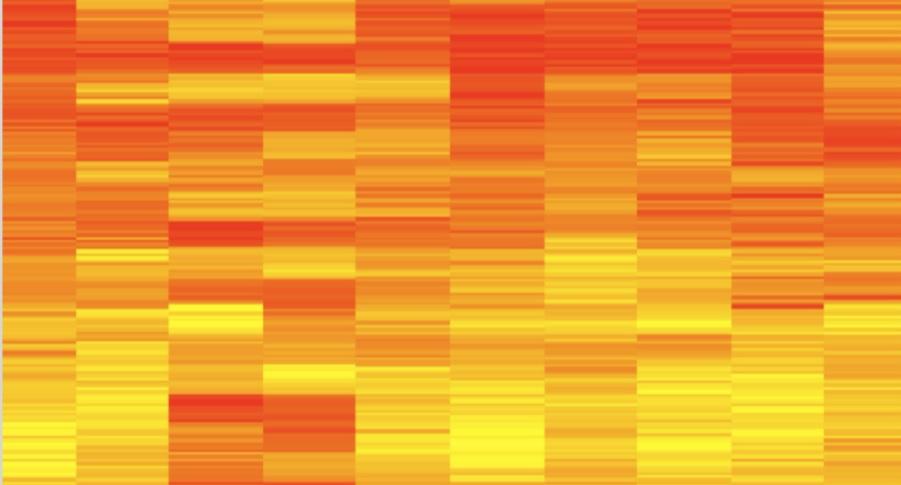
TV white spaces allow the use of unlicensed spectrum to provide connectivity solutions to traditionally unserved areas, especially rural and remote communities. This book explores this innovative approach to spectrum both the policy, regulatory and technological perspective.
The growing demand for wireless data transmission imposes the search for alternatives to the current spectrum exploration schemes. In the long term, dynamic spectrum access seems to be the only viable solution,once the technical details for its implementation are solved. In the near term, the use of currently vacant spectrum allocated to TV broadcast is poised to alleviate the spectrum crunch while opening the path for dynamic spectrum access. We strongly believe that presenting some of the aspects involved in the exploitation of White Spaces (WS) by a group of international experts can be useful to practitioners and regulators interested in the topic. The present work is comprised of independent pieces in which each of the authors express their own viewpoint on the matter (and not necessarily that of the organisation to which they belong). Authors from Africa, Europe, North and South America, delve into both advocacy and regulatory issues, as well as in the technical details of some of the standards envisioned for providing services over this portion of the air waves.
WiFi has had an unexpected success in the traffic off-loading of cellular networks, so WS could also be deployed for this purpose. Finally, for machine to machine applications and the "Internet of Things" paradigm WS have significant advantages both for developed and developing economies.
APC access specialist Mike Jensen wrote a chapter on “The role of TV white spaces and dynamic spectrum in helping to improve internet access in Africa and other developing regions”, and other APC members participated in the initiative: Ermanno Pietrosemoli, from EsLaRed, co-edited the book, and Carlos Afonso, from Instituto Nupef, wrote the chapter “New cognitive radio approaches, white spaces and the digital dividend in the Brazilian context”.